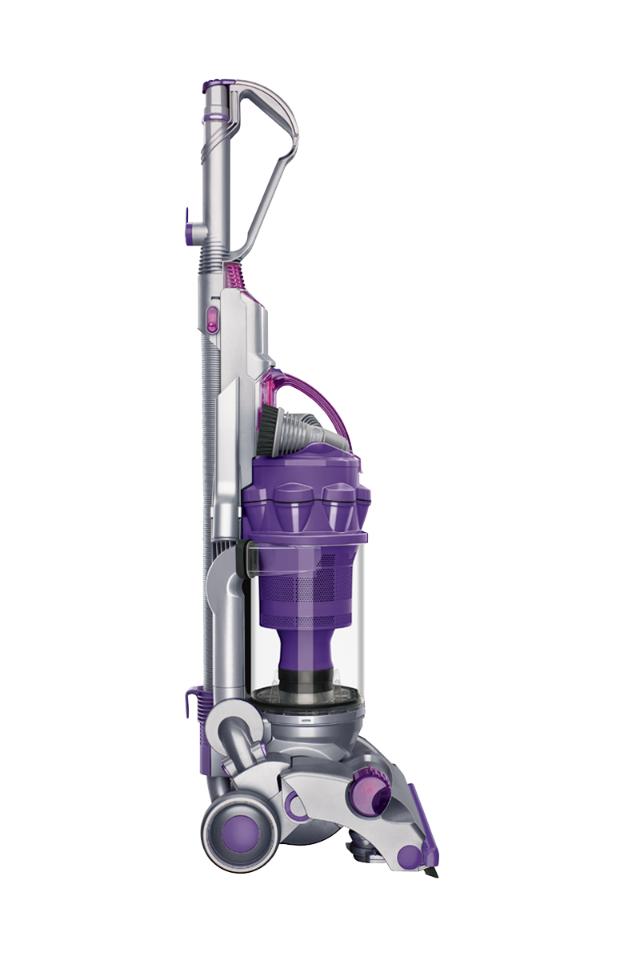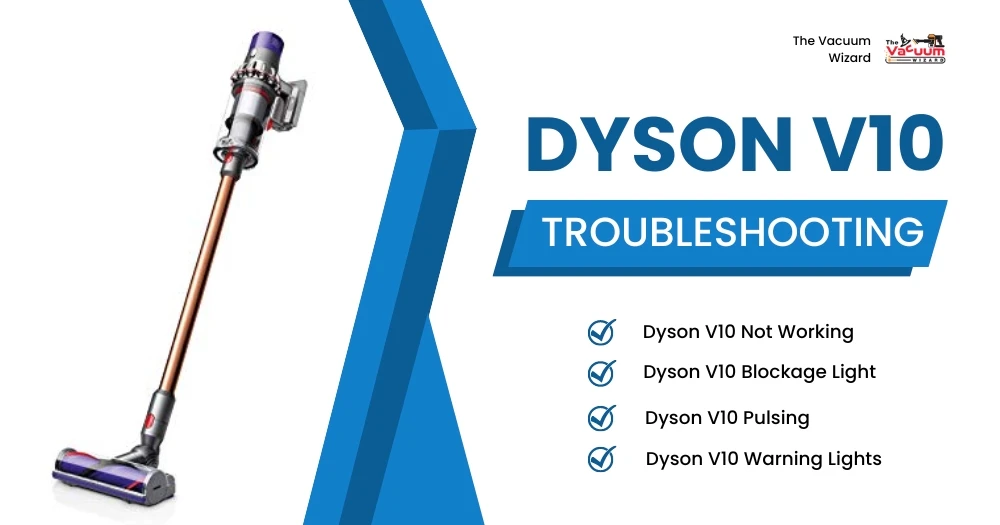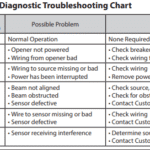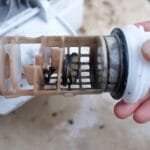Dyson vacuum cleaners are known for their power and reliability. But, like any appliance, they can sometimes have issues.
Owning a Dyson vacuum cleaner makes cleaning easier. Yet, problems can arise, causing frustration. This guide will help you troubleshoot common issues. From loss of suction to strange noises, we’ll cover it all. Understanding these problems can save you time and money.
It also ensures your Dyson works efficiently. No need to stress over a malfunctioning vacuum. Let’s dive into the most frequent problems and their solutions. Keep your Dyson running smoothly with these simple tips.
Common Issues
Dyson vacuum cleaners are known for their efficiency and power. But, like any device, they can develop problems. Understanding these common issues can help you fix them quickly.
Loss Of Suction
One common issue is loss of suction. This can be frustrating. First, check the dustbin. If it’s full, empty it. A full dustbin can reduce suction power.
Next, inspect the filters. Dirty filters can block airflow. Wash or replace them as needed. Also, check the hose. A blockage can cause a loss of suction. Remove any debris you find.
Strange Noises
Another issue is strange noises. These can be alarming. Check for blockages in the brush bar. Debris can cause unusual sounds. Remove any tangled hair or strings.
Also, inspect the motor. A worn-out motor can make loud noises. If the noise persists, consider professional help. Regular maintenance can prevent many problems.

Credit: www.youtube.com
Basic Maintenance
Regular maintenance of your Dyson vacuum cleaner ensures it performs at its best. This section covers the basic steps you need to keep your vacuum in good shape. From cleaning filters to emptying the bin, these simple tasks can help prevent common issues.
Cleaning Filters
Cleaning the filters is crucial for your Dyson vacuum’s performance. Follow these steps to clean the filters:
- Turn off and unplug the vacuum.
- Remove the filters. Refer to your manual for the exact location.
- Rinse the filters under cold water. Do not use detergents.
- Shake the filters to remove excess water.
- Let the filters air dry for 24 hours. Do not put them back until they are completely dry.
Cleaning the filters every month ensures optimal suction power.
Emptying The Bin
Emptying the bin regularly prevents blockages and keeps your vacuum running smoothly. Here’s how to do it:
- Turn off and unplug the vacuum.
- Press the bin release button to remove the bin from the vacuum.
- Hold the bin over a trash can and press the release button to empty the contents.
- Use a dry cloth to wipe the inside of the bin if needed.
- Reattach the bin to the vacuum until it clicks into place.
Empty the bin when it reaches the max fill line to maintain strong suction.
Clogged Hose
A clogged hose can affect your Dyson vacuum cleaner’s performance. Dust and debris can build up over time, causing suction problems. In this section, we will guide you on how to identify and remove blockages from your vacuum cleaner hose.
Identifying Blockages
First, turn off and unplug your vacuum cleaner. Detach the hose from the vacuum. Look through the hose to check for visible blockages. Use a flashlight to help you see inside the hose. Check both ends of the hose for any stuck debris.
Removing Obstructions
Use a long, flexible brush to push out any blockages. Be gentle to avoid damaging the hose. If the blockage is stubborn, use a straightened wire hanger. Carefully insert the hanger and try to dislodge the debris. Once the blockage is cleared, reattach the hose to the vacuum. Turn on the vacuum to check if the suction is restored.
Brush Bar Problems
The brush bar is a critical component of your Dyson vacuum cleaner. It can face several issues affecting its performance. Common brush bar problems include debris buildup and the need for a reset. Addressing these issues can help maintain your vacuum’s efficiency and prolong its lifespan.
Checking For Debris
Debris can easily get tangled in the brush bar, causing it to stop spinning. Regularly check for and remove any blockages.
- Turn off and unplug the vacuum.
- Lay the vacuum on a flat surface with the brush bar facing up.
- Inspect the brush bar for hair, string, or other debris.
- Use scissors or a seam ripper to cut away any tangles.
- Pull the debris free and dispose of it.
Checking for debris regularly can prevent many common brush bar issues.
Resetting The Brush Bar
Sometimes, the brush bar needs a reset to function correctly. Follow these steps to reset the brush bar:
- Turn off and unplug the vacuum.
- Locate the reset button near the brush bar or on the vacuum body.
- Press and hold the reset button for about 10 seconds.
- Plug in the vacuum and turn it back on.
- Test the brush bar to ensure it is spinning properly.
If the brush bar still does not spin, there may be a deeper issue. In that case, consult the Dyson customer support team for further assistance.
Battery Issues
Dyson vacuum cleaners are known for their powerful suction and innovative technology. But, like all battery-powered devices, they can have battery issues. In this guide, we will explore common Dyson battery issues and offer simple solutions.
Battery Not Charging
If your Dyson vacuum battery is not charging, follow these steps to troubleshoot:
- Check the power outlet: Ensure the outlet is working by plugging in another device.
- Inspect the charger: Look for damage on the charger and make sure it is connected properly.
- Reset the vacuum: Unplug the charger, wait for a few minutes, then reconnect it.
- Clean the contacts: Dust or debris can prevent charging. Use a dry cloth to clean the battery and charger contacts.
If none of these steps work, the battery might need to be replaced.
Replacing The Battery
Sometimes, the battery can no longer hold a charge and needs to be replaced. Follow these steps to replace your Dyson vacuum battery:
| Step | Instructions |
|---|---|
| 1 | Turn off and unplug the vacuum cleaner. |
| 2 | Locate the battery: Depending on the model, the battery is typically at the base or back of the vacuum. |
| 3 | Remove the screws: Use a screwdriver to remove the screws holding the battery in place. |
| 4 | Disconnect the old battery: Carefully unplug the old battery from the vacuum. |
| 5 | Install the new battery: Connect the new battery and secure it with the screws. |
| 6 | Charge the new battery: Plug in the vacuum and let the new battery charge fully before use. |
Replacing the battery can extend the life of your Dyson vacuum cleaner and restore its performance.
Overheating
Has your Dyson vacuum cleaner stopped working due to overheating? This is a common issue faced by many Dyson users. The vacuum cleaner can overheat for several reasons. Understanding these reasons and taking appropriate measures can help you keep your Dyson vacuum running efficiently.
Cooling Down The Vacuum
If your Dyson vacuum cleaner overheats, it is essential to cool it down before troubleshooting. Follow these steps:
- Turn off the vacuum cleaner and unplug it from the power source.
- Allow the vacuum to cool for at least 30 minutes.
- Check for any blockages in the hose, filters, and brush bar.
- Clear any debris or obstructions found.
These steps help restore your vacuum cleaner to normal working condition. Ensure that all parts are clean and free from blockages.
Preventing Overheating
Preventing your Dyson vacuum cleaner from overheating is crucial for its longevity. Here are some tips:
- Regular Maintenance: Clean filters and empty the dustbin regularly.
- Avoid Overloading: Do not overfill the dustbin or block the airflow.
- Proper Storage: Store the vacuum in a cool, dry place.
- Inspect for Damage: Check for damage or wear and tear regularly.
Regular maintenance helps keep your Dyson vacuum cleaner in top condition. Proper storage and handling also play a significant role in preventing overheating.
Filter Replacement
Regular maintenance of your Dyson vacuum cleaner is crucial for optimal performance. One key aspect of maintenance is the filter replacement. Filters trap dust, dirt, and allergens, ensuring your vacuum operates efficiently. Over time, filters can become clogged, affecting suction power and air quality.
Types Of Filters
Dyson vacuums come with different types of filters. Each has a specific function:
- Pre-Motor Filters: These filters protect the motor from dust and debris.
- Post-Motor Filters: These filters trap fine dust and allergens before the air is expelled.
- HEPA Filters: High-Efficiency Particulate Air filters capture microscopic particles and allergens.
Understanding the type of filter in your Dyson vacuum helps ensure proper maintenance.
Replacing The Filter
Replacing the filter in your Dyson vacuum is a straightforward process. Follow these steps:
- Turn off and unplug the vacuum cleaner.
- Locate the filter compartment. Refer to your user manual if needed.
- Remove the old filter. Some filters may need a gentle pull.
- Insert the new filter. Ensure it fits snugly into place.
- Close the filter compartment securely.
Dyson recommends replacing filters every 6 to 12 months, depending on usage.
Here’s a quick reference table for filter replacement:
| Filter Type | Replacement Frequency |
|---|---|
| Pre-Motor Filter | Every 6 months |
| Post-Motor Filter | Every 12 months |
| HEPA Filter | Every 12 months |
Regularly replacing filters keeps your Dyson vacuum cleaner in top condition. Clean filters ensure better air quality and suction power.

Credit: www.dyson.com
Expert Tips
Dyson vacuum cleaners are popular for their powerful suction and advanced technology. But, like any other appliance, they can experience issues. Here are some expert tips to help you troubleshoot and maintain your Dyson vacuum cleaner.
Regular Maintenance
Maintaining your Dyson vacuum cleaner is essential for its longevity and efficiency. Here are some key steps:
- Clean the Filters: Remove and wash the filters every month. Let them dry for 24 hours before reattaching.
- Check for Blockages: Inspect the hose, wand, and brush bar for blockages. Clear any debris that you find.
- Empty the Bin: Empty the dust bin when it reaches the MAX line. Avoid overfilling.
- Inspect the Brush Bar: Remove hair and fibers from the brush bar. This ensures proper rotation and cleaning.
Professional Help
Sometimes, issues require professional assistance. Here are situations when you might need expert help:
- Motor Issues: If the vacuum doesn’t turn on, the motor may need repair.
- Persistent Blockages: If you can’t remove blockages, a technician can help.
- Strange Noises: Unusual sounds might indicate a deeper issue.
- Loss of Suction: If suction doesn’t improve after cleaning, seek professional help.
In all cases, contact Dyson customer service or a certified repair center. They can provide the necessary support and repairs.

Credit: thevacuumwizard.co.uk
Frequently Asked Questions
Why Is My Dyson Vacuum Not Turning On?
Check if the vacuum is plugged in. Ensure the power cord and socket are working.
How Do I Clean The Filter On My Dyson Vacuum?
Remove the filter, rinse under cold water. Let it air dry completely before reattaching.
Why Is My Dyson Vacuum Losing Suction?
Check for blockages in the hose, filter, and brush bar. Clean them if needed.
How Often Should I Replace The Dyson Vacuum Filter?
Replace the filter every 6-12 months for optimal performance. Check the user manual.
What Should I Do If The Brush Bar Isn’t Spinning?
Remove any hair or debris from the brush bar. Check if it’s securely attached.
Conclusion
Finding and fixing issues with your Dyson vacuum can save time and money. Regular maintenance helps keep it running smoothly. Check filters and brushes often. Clear clogs promptly. Follow the tips discussed for better performance. A well-maintained vacuum ensures a clean home.
No need for costly repairs or replacements. Troubleshooting can be simple with the right steps. Enjoy a cleaner space with less effort. Happy vacuuming!




